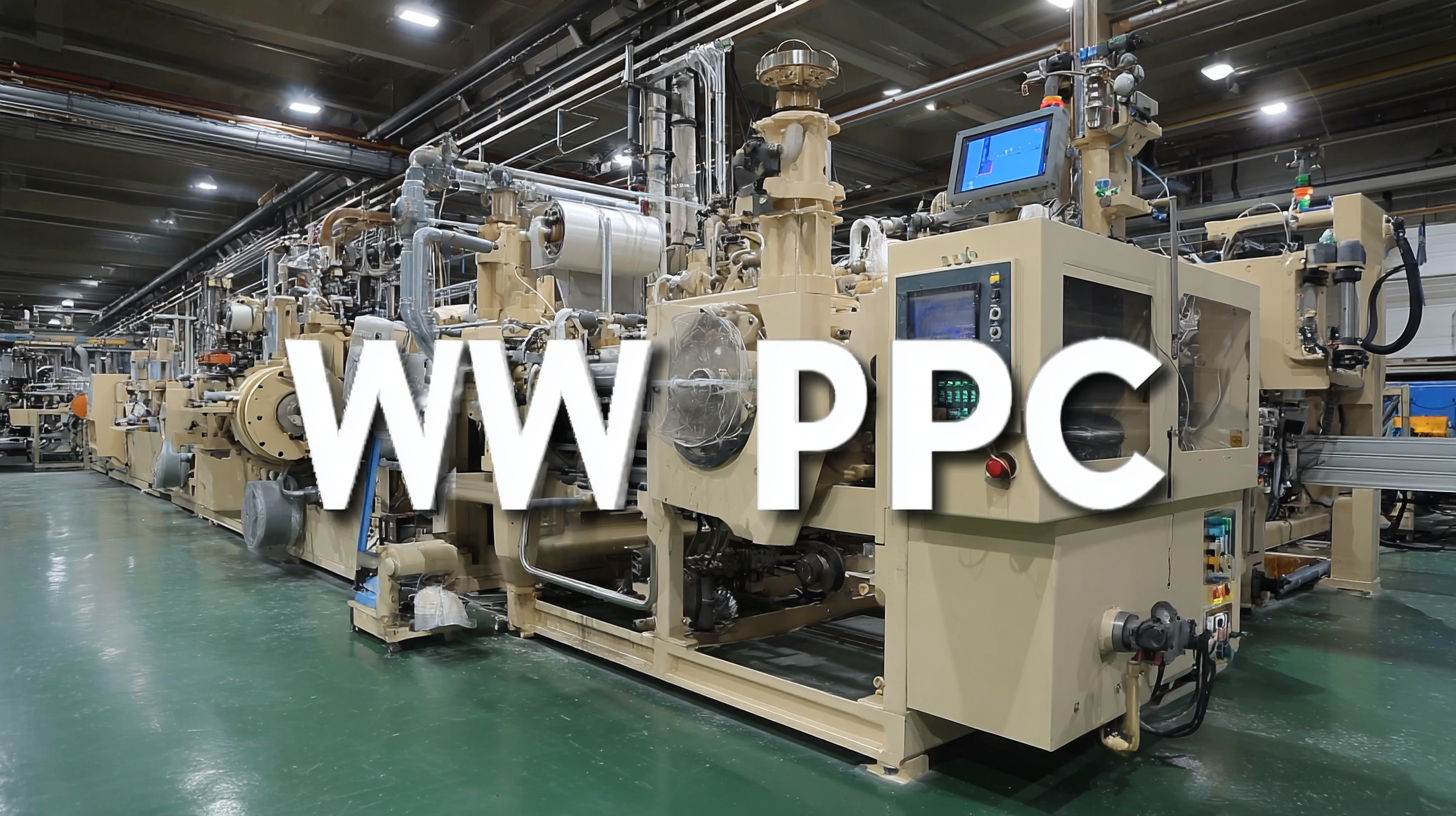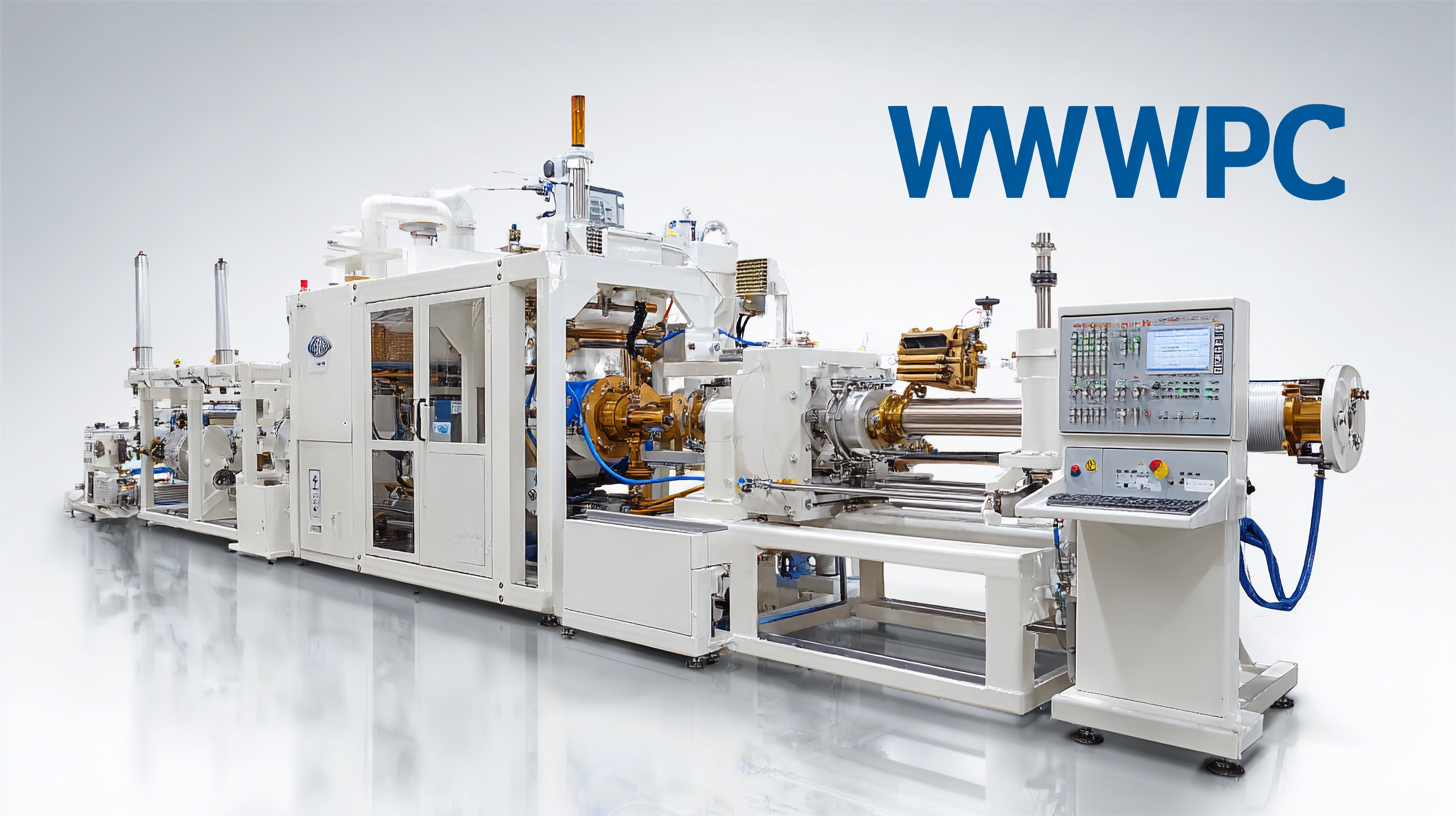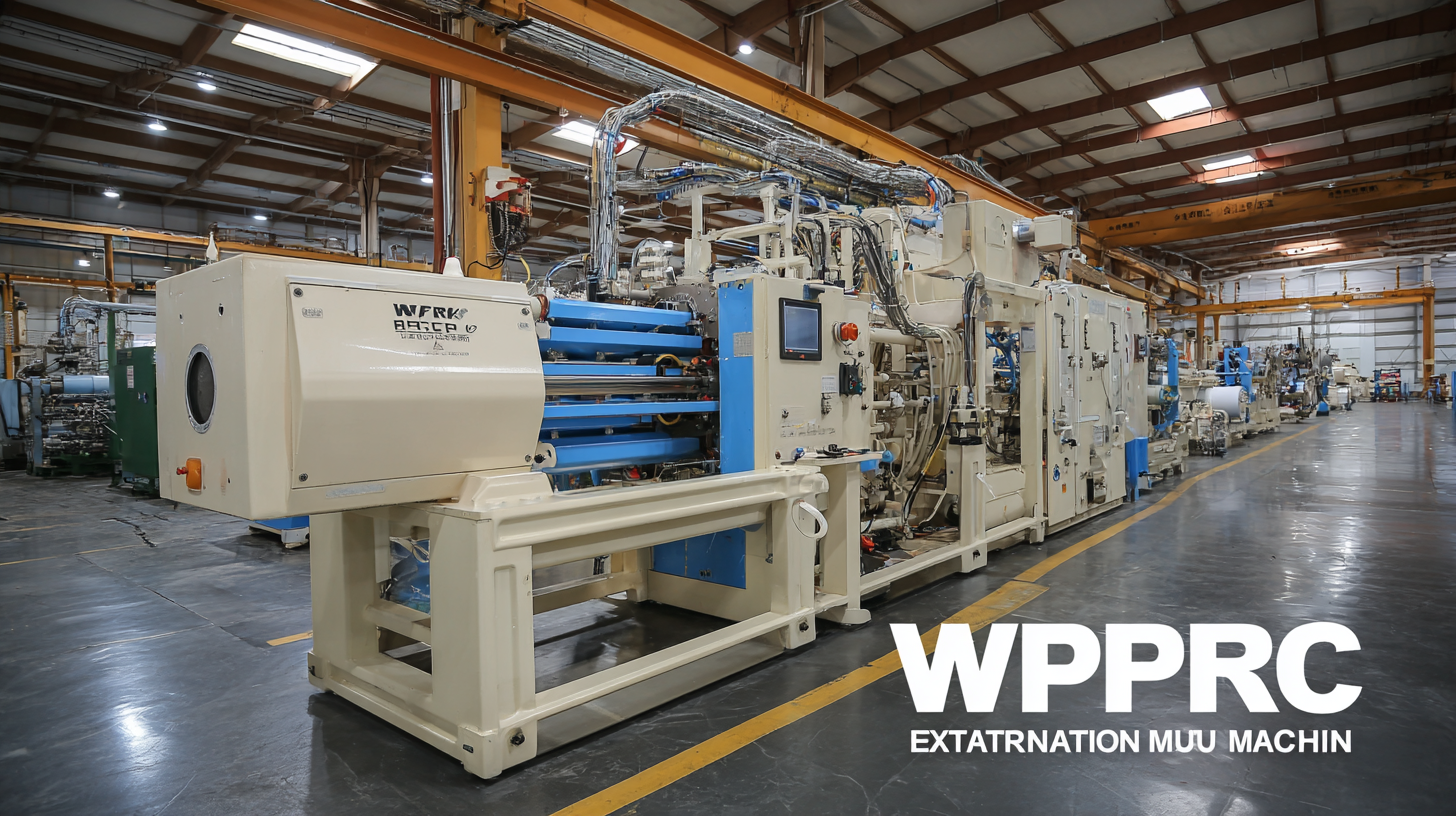
In the ever-evolving landscape of manufacturing, selecting the right equipment is crucial for optimizing production efficiency and product quality. One significant investment that companies in the wood-plastic composite industry must consider is the Plastic WPC Extrusion Machine. This versatile machinery is pivotal in transforming raw materials into high-quality composite products, blending the durability of wood with the flexibility of plastic. However, with various models and features available in the market, it can be challenging to determine which option best aligns with your manufacturing needs. In this blog, we will explore critical factors to consider when choosing a Plastic WPC Extrusion Machine, ensuring that you make an informed decision that enhances your production capabilities and drives overall success in your manufacturing operations.

When selecting a plastic WPC extruder machine, several key factors should guide your decision-making process.
Firstly, consider the machine's capacity and throughput capabilities. Assess the production volume you anticipate and ensure the extrusion machine can meet those demands efficiently.
If you expect to scale up production in the future, choosing a machine with a slightly higher capacity can save you from needing to upgrade shortly.

When selecting a WPC (Wood Plastic Composite) extrusion machine, it's essential to understand the various types available in the market. The most common types include single-screw, twin-screw, and co-rotating twin-screw extruders. Each type has its unique advantages tailored to different manufacturing processes. For instance, single-screw extruders are typically simpler, making them a cost-effective option for entry-level manufacturers. On the other hand, twin-screw extruders offer better mixing capabilities and allow for more complex formulations, ideal for larger-scale operations.
Tips: When evaluating which machine suits your needs, consider the materials you plan to process. If you are working with a variety of wood and plastic composites, a twin-screw extruder might provide the necessary flexibility. Additionally, assess the throughput capabilities of each machine to ensure it meets your production demands.
Another critical aspect to consider is the energy efficiency of the machines. Machines that incorporate energy-saving technology can help reduce operational costs in the long run. It's also advisable to research the after-sales support and availability of spare parts, as reliable service can significantly impact your production efficiency.

When selecting the best plastic WPC extrusion machine for your manufacturing needs, paying attention to key specifications is crucial for optimal performance. The primary factors to consider include the machine’s output capacity, temperature control, and screw design. A higher output capacity ensures that production meets demand without bottlenecks, while precise temperature control is essential for maintaining the quality of the WPC composite materials during processing.
Tips: Ensure that the machine features a modular screw design, which allows for easy customization according to the specific requirements of different materials. This flexibility can significantly enhance the capability of your production line. Additionally, consider machines equipped with advanced automation systems that streamline operations and reduce labor costs.
Another vital specification is the machine's energy efficiency. Selecting an energy-efficient WPC extrusion machine not only reduces operational costs but also minimizes environmental impact. Look for machines with motors that comply with international energy standards, as this can lead to long-term savings and a more sustainable manufacturing process.
This chart presents a comparative analysis of key specifications that impact the performance of plastic WPC extrusion machines, including Production Speed, Power Consumption, and Material Flexibility.
When budgeting for a WPC (Wood Plastic Composite) extrusion machine, it's essential to assess the balance between cost and features. Recent developments in the U.S. plastic extrusion market indicate a growing trend toward advanced technology, including the integration of sensors and real-time data capabilities. These features may drive up initial costs, but they can enhance efficiency and output quality, making them worthwhile investments in the long run.
Choosing a machine that meets your specific manufacturing needs while being mindful of your budget can be challenging. It's vital to analyze not only the machine's price but also the potential return on investment. A machine equipped with modern technology may have a higher upfront cost, but it could lead to significant savings in operational costs and waste reduction. Look for options that provide a good mix of essential features, ensuring your purchase aligns with your production goals without stretching your financial limits.
| Features | Basic Model Cost | Mid-range Model Cost | High-end Model Cost | Suitable For |
|---|---|---|---|---|
| Production Capacity | $30,000 | $50,000 | $80,000 | Small Scale Production |
| Energy Efficiency | Basic Efficiency | Moderate Efficiency | High Efficiency | Cost-Conscious Buyers |
| Automation Level | Manual | Semi-Automatic | Fully Automatic | High-volume Production |
| Material Compatibility | Basic Plastics | Variety of Plastics | Advanced Compounds | Specialized Manufacturers |
| Customization Options | Limited | Moderate | Extensive | Companies Seeking Specific Features |
When selecting a plastic WPC extrusion machine, maintenance and support are critical factors that can significantly influence the longevity and efficiency of your equipment. According to a report by MarketsandMarkets, the global WPC market is expected to grow to USD 9.2 billion by 2027, reflecting a growing demand that underscores the importance of keeping your machinery in optimal condition. Regular maintenance not only ensures operational efficiency but also prevents costly downtime. Implementing a structured maintenance schedule and utilizing machine monitoring technologies can enhance performance and extend the equipment's lifespan.
Furthermore, effective support from the manufacturer can greatly improve the machine's efficiency. Reliable manufacturers often provide training, troubleshooting assistance, and access to spare parts, which are essential for minimizing production disruptions. A study by the International Plastic Exposition revealed that manufacturers with robust maintenance support systems reported a 30% increase in machinery uptime compared to those without. Investing in a machine backed by strong customer support can lead to significant long-term savings and improved productivity, making it a crucial consideration in the selection process.
